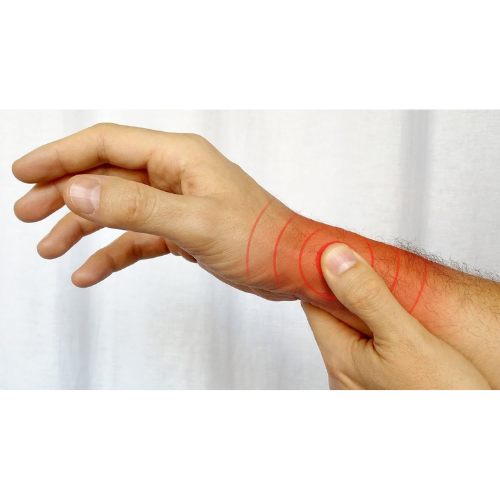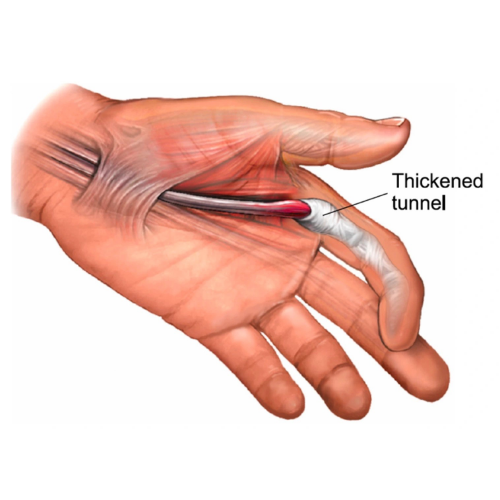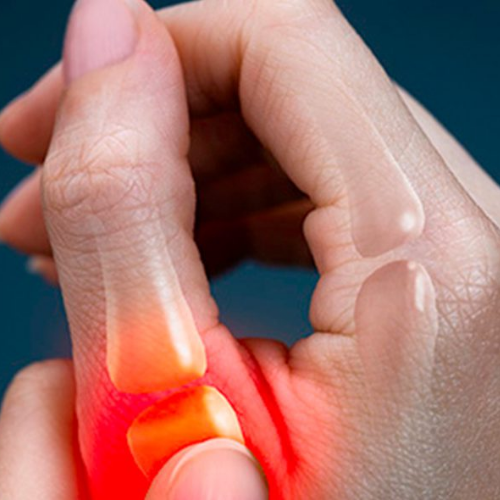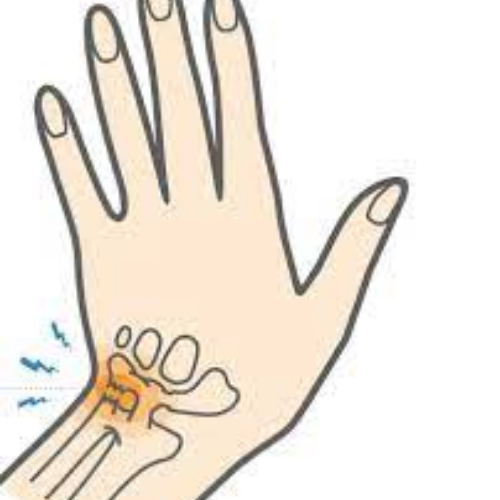Working Time
Sunday - On Emergency
Working Time
Monday - Saturday : 09.00pm to 05.30pmSunday - On Emergency
Book Appointment
Book Appointment
+
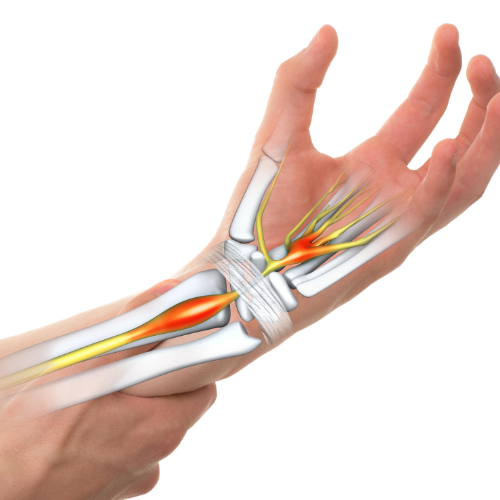
Carpal Tunnel Syndrome (CTS) is a common condition that occurs when the median nerve, which runs from the forearm into the palm of the hand, becomes compressed or squeezed at the wrist. This compression leads to symptoms such as pain, numbness, tingling, and weakness in the hand and fingers. CTS is often caused by repetitive motions or conditions that increase pressure on the median nerve.
Causes of Carpal Tunnel Syndrome:
Treatments for Carpal Tunnel Syndrome:
Ultrasound-guided hydrodissection
A minimally invasive procedure used to treat nerve entrapments. It involves injecting a solution, often a mixture of local anaesthetic/saline or dextrose, around the affected nerve under ultrasound guidance. The injected solution creates a space around the nerve, separating it from surrounding tissues and reducing compression, thereby relieving symptoms.
Ultrasound guidance ensures precise needle placement and allows real-time visualisation of the nerve and surrounding structures during the procedure, enhancing its accuracy and effectiveness. This technique offers a targeted and minimally invasive approach to treating nerve entrapments, providing relief from symptoms and improving overall quality of life for affected individuals. Dr Tushar prefers this treatment over others.
Surgical Intervention (Carpal Tunnel Release): In severe cases of CTS that do not respond to conservative treatments, surgery may be necessary to relieve pressure on the median nerve by cutting the ligament that forms the roof of the carpal tunnel.
Consultation with Dr. Tushar
Seeking evaluation and guidance from Dr. Tushar, an orthopaedic specialist experienced in treating hand and wrist conditions, can provide personalised recommendations and treatment options based on your specific needs and medical history. Dr. Tushar can offer advanced diagnostic techniques, comprehensive treatment plans, and surgical interventions if necessary to effectively manage Dr. Tushar's clinic symptoms of Carpal Tunnel Syndrome.

